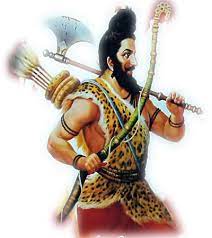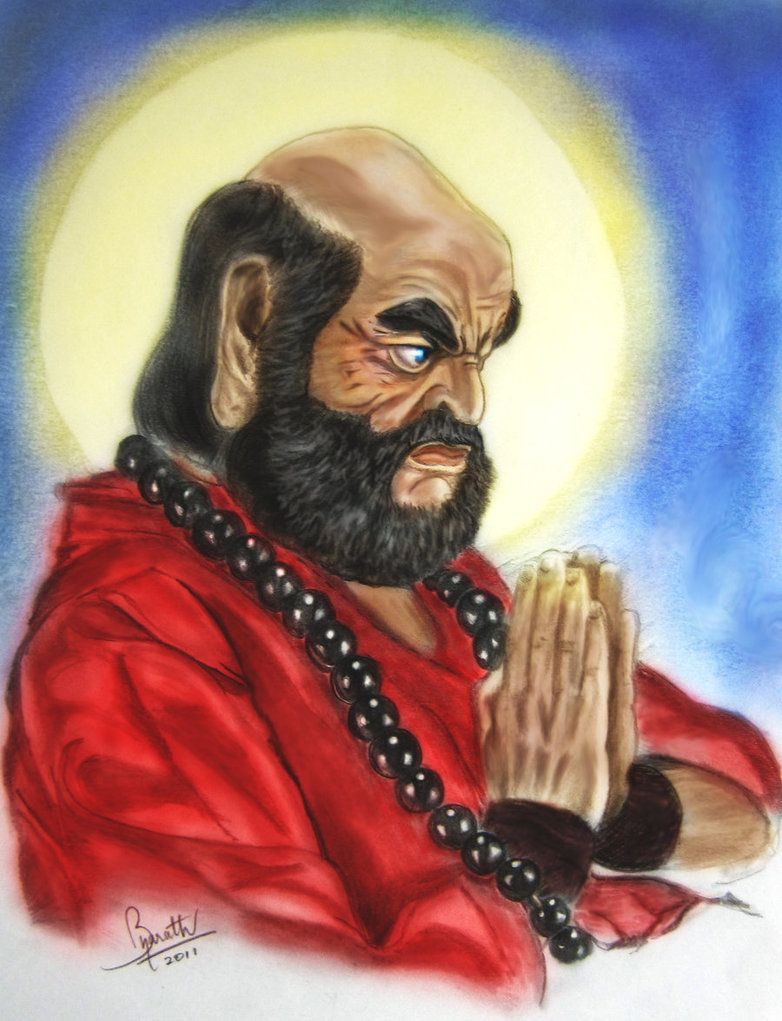

HISTORY OF SHASTRANG
The history of Indian Martial arts is traced over a rather long period of development. The earliest martial traditions can be traced back to the 2nd millennium B.C. In fact, the Agni Purana is arguably the earliest extant manual of martial arts which talks about the art of war. It received due mention in Indian Vedic literature like the Rig Veda, Yajur Veda and Atharva Veda. It describes how to improve a warrior’s individual artistry and kill enemies using various methods in warfare, whether a warrior went to war in chariot, elephant and horse or on feet.
Several references to Indian martial arts have been found in Ramayana and Mahabharata where uses of bows, swords, bludgeon, spear, fists and even trees and rocks were abundant in the battlefield. But in unarmed battle, two fighters used to deal with clenched fists and kicks, finger strikes, knee strikes and head butts.

Among the varied Indian martial arts, the Malla- Yuddha was regarded as a prominent martial art in that era. It is a form of combat wrestling codified into four forms as the fighting style of warriors.
The earliest written evidence of martial arts in Southern India dates back to the sangam literature of Tamilnadu of about the second century B.C to second century A.D. The famous Tamil poetic work ‘Akananuru’ and ‘Puranamuru’ describe the use of spears, swords, shields, bows and an ancient Tamilion martial art ‘Silambam’ in the sangam era. In Lotus sutra (an ancient kind of boxing art as well as combat techniques like joint locks, fist strikes, grapples and throws.
Like other branches of Sanskrit literature, treatises on martial arts become more systematic in the course of the 1st millennium A.D. Indian military accounts of the Gupta Empire provide a vivid description of more than 130 classes of weapons. According to Sushruta Samhita written in the 4th century, 107 vital points exist in the human body and out of 64 can prove lethal if struck properly with a fist or stick. The martial art of Vajra Mushti was described in Buddharta Sutra, written down by the 5th century.
In sangam literature, there was a reference of Kalaripayattu. Kalaripayattu was found by Lord Parashurama who taught to fight with weapons and sage Agastya who taught to fight without weapons. In 5th or 6th century, the third son of Pallav Raja, Bodhidharma learnt this art. He was based at Kanchipuram. He is traditionally credited as the transmitter of Chan Buddhism to China and regarded as its first Chinese Patriarch. He taught this art to the monks of Shaolin Monastry in China during 520-526 B.C. Later, this art became popular in the name of Kung fu. Kalaripayattu was officially recognized as a martial art of Kerala, in 1362 A.D. ‘Kalari’ means ‘a battle field.’
Most of the organized art forms had developed into their present ages by the middle ages. With the establishment of Mughal rule in India, indigenous tactics like the Malla Yuddha were combined with the Turkish and Mongoliam styles of wrestling leading to the emergence of Pehelwani.
During the British era, martial arts went into decline due to British ban on various martial arts such as Kalaripayattu. Most of the martial arts remained confined to rural areas and were eroded under British Empire. Indian martial arts have gone through centuries of change, amendment, revival and a highly sophisticated facet of Indian sportsmanship. It took a long span in the revival of martial arts. Time is not an issue, but the modification of martial art should be modernized by taking our culture along with. In 21st century, a new form of martial art emerged who primarily focused on health, physical fitness and practical self defense but with modern bio-mechanic techniques (upgraded version of traditional techniques) and following Indian culture. This new form of martial art is Shastrang Indian Modern Martial Art. Its founder is Grandmaster Bikram S. Thapa who is 9th Degree Black Belt.
